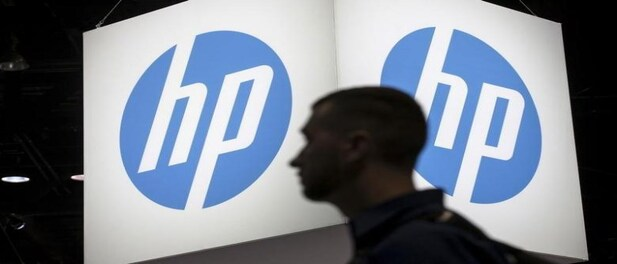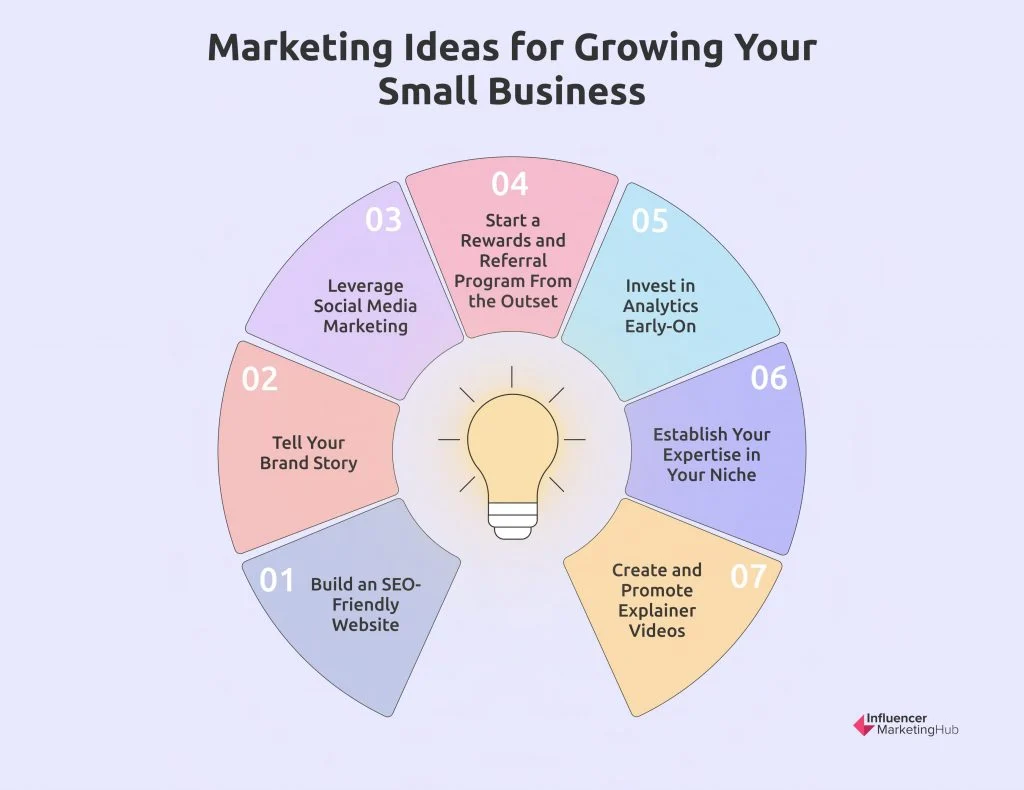In recent weeks, HP layoffs have thrown the spotlight on the challenges faced by major players in the tech industry. As HP Inc. seeks to cut costs, the company plans to eliminate up to 2,000 jobs as part of its Future Now restructuring strategy. This decision aligns with a broader trend of job cuts across the tech sector, amid ongoing economic uncertainties and a notable decline in personal computer sales. HP’s resolve to increase investments in artificial intelligence amid these changes hints at a pivot towards innovation, even as it reduces its workforce. With these latest cuts, HP aims to achieve substantial savings of approximately $1.9 billion through fiscal year 2025, reflecting an urgency to adapt to shifting market dynamics and emerging technologies.
The tech sector is witnessing significant downsizing as companies navigate the turbulent waters of economic pressures and shifting consumer demand. Recent announcements from HP Inc. reveal that they are embarking on a substantial workforce reduction, with a plan to make further job eliminations as part of a strategic overhaul known as Future Now. Similar actions are echoed across the industry, as firms streamline operations and focus on integrating advanced technologies like artificial intelligence into their business models. This trend reflects a broader phenomenon in employment within high-tech firms, often referred to as job restructuring, where organizations reassess their staff needs in light of evolving market challenges and operational efficiencies. The implications of these employment shifts not only affect the companies involved but also resonate throughout the entire tech industry labor market.
HP Layoffs: A Strategic Move Amid Economic Uncertainty
HP Inc. has recently announced another round of layoffs, with plans to cut up to 2,000 employees as part of its ongoing restructuring initiative known as Future Now. This decision comes in response to the significant shifts in the tech industry, particularly the decline in personal computer sales exacerbated by the COVID-19 pandemic. As HP seeks to cut costs and enhance its focus on artificial intelligence investments, these job cuts are expected to play a vital role in repositioning the company for future success.
The company’s strategy is not only about reducing workforce but also about reallocating resources towards key growth sectors, particularly AI-driven technologies. By anticipating $1.9 billion in savings from these layoffs over the next few fiscal years, HP aims to bolster its market position as competition stiffens. The rationale behind these layoffs lies in the strategic objective of transforming HP’s operational model to adapt to the evolving demands of the tech landscape.
Impact of Tech Industry Layoffs on Workforce Dynamics
The ongoing layoffs across the tech industry shed light on the turbulent nature of workforce dynamics in this sector. Companies like Autodesk and Meta have also made significant cuts recently, illustrating a broader trend where even industry giants are reevaluating their workforce amidst economic pressures. This pattern is often linked to a push for increased efficiency and a pivot towards more technologically advanced product offerings, especially those incorporating AI capabilities.
As HP and others in the tech industry engage in these employment adjustments, the larger implications on job security and workforce morale are evident. The fear of layoffs creates anxiety among employees, prompting many to reassess their career paths within this volatile environment. The tech sector’s reliance on innovation and adaptability means that while current job cuts may seem detrimental, they could pave the way for future opportunities as these companies stabilize and grow in new directions.
Future Now Restructuring: HP’s Vision for Growth
HP’s Future Now restructuring plan is designed not only for cost-cutting but also for strategic growth in an increasingly competitive market. The initiative targets a substantial reduction in operating expenses, which is expected to save the company approximately $300 million by the end of fiscal year 2025. Through these measures, HP aims to refocus its resources on developing innovative solutions that meet the demands of modern consumers.
This restructuring plan aligns with HP’s ambitions to invest heavily in artificial intelligence, a sector where the company sees potential for growth. By acquiring companies like Humane AI, HP is working towards integrating advanced technologies into its product lines, ensuring that it stays relevant amid changing consumer preferences. Such strategic foresight is crucial for maintaining competitiveness in the rigors of today’s tech landscape.
AI Investments: Shaping HP’s Future Direction
As HP pivots towards enhanced investment in artificial intelligence, the potential for transforming its product offerings cannot be underestimated. The integration of AI into personal computers is expected to create new user experiences that distinguish HP’s products in a crowded market. These advancements not only cater to consumer convenience but also address increasing demands for technological innovations that simplify work and enhance productivity.
HP’s commitment to AI extends beyond mere product development; it signifies a broader vision of adapting to future work environments. By channeling resources into AI-driven solutions, HP is positioning itself as a forward-thinking company ready to meet the challenges posed by technological evolutions. This shift not only aids in mitigating the impact of layoffs but also promises to redefine the role that HP plays within the tech industry going forward.
Economic Challenges and Tech Layoffs: A Growing Trend
The current landscape of economic challenges has seen an uptick in layoffs across the tech sector as companies grapple with uncertainties. The recent announcement of job cuts at HP, alongside similar actions by companies like Google and Autodesk, highlights a trend of workforce reductions aimed at stabilizing operations. These layoffs are often a response to macroeconomic conditions, as firms seek to optimize their financial health while navigating unpredictable market dynamics.
As companies focus on cost-containment and redirect investments towards artificial intelligence, the rhetoric around layoffs seems to be shifting towards a more strategic narrative. Rather than simply a reaction to downturns, many organizations are framing these cuts as necessary steps towards achieving long-term sustainability. The interconnectedness of financial strategy and workforce management has never been more critical, especially as economic pressures continue to influence decisions in the tech industry.
HP Employment News: Navigating the Future of Work
In light of the recent layoffs, HP’s employment news reflects the company’s ongoing commitment to navigating the complexities of the current job market. The tech giant employs approximately 58,000 workers worldwide, and as it prepares to implement further cuts, its focus has shifted towards redefining its workforce structure to support growth areas. Communication efforts by HP, particularly regarding the Future Now plan, are critical in ensuring employees understand the rationale behind these decisions.
HP is not only restructuring its workforce but also enhancing its focus on development and innovation in response to employment challenges. The ongoing integration of AI solutions into its portfolio is indicative of a broader trend towards future-proofing jobs and creating new opportunities for existing employees. As HP moves forward, the emphasis on technology and adaptability will be pivotal in shaping its future workforce landscape.
Restructuring Programs: Lessons from HP’s Approach
Restructuring programs, such as HP’s Future Now initiative, offer important lessons for other companies facing similar struggles within the tech industry. The careful planning to reduce the workforce while simultaneously pursuing strategic investments can provide a blueprint for navigating uncertain economic climates. By balancing cost-cutting measures with innovation strategies, companies can position themselves for success in a rapidly changing market.
HP’s approach to restructuring highlights the importance of clear communication and transparency with employees during such transitions. Effective engagement and understanding of the reasons behind job cuts can mitigate the negative impacts on morale and productivity. Learning from HP, other companies may benefit from implementing strategies that not only address immediate financial goals but also foster a culture of innovation and resilience among their workforce.
The Role of AI in HP’s Corporate Strategy
The integration of artificial intelligence into corporate strategy has become a focal point for HP as it moves to enhance competitiveness and drive growth. By investing in AI technologies, HP aims to develop next-generation products that not only meet current consumer needs but also anticipate future demands. This proactive approach is crucial for positioning HP as a leader in tech innovation, especially in a post-pandemic world where digital solutions have surged.
HP’s strategic focus on AI investments signifies a broader industry trend where companies are reimagining their product offerings through advanced technology. The anticipated benefits of these investments, from improved customer experiences to enhanced operational efficiency, are critical for HP as it seeks to navigate the shifting landscape of consumer technology. Embracing AI is not just about technological upgrades; it’s about future-proofing the company’s relevance in the evolving marketplace.
HP’s Global Operations: Shifting Manufacturing Paradigms
As HP reconfigures its operational strategy, a key aspect has been the shift in its manufacturing paradigms. Under the pressure of economic uncertainties and geopolitical factors—such as potential tariffs on Chinese imports—HP is diversifying its manufacturing operations beyond China. This gradual transition aims to mitigate risks associated with over-reliance on a single market and ensures greater flexibility in production.
By projecting that 90% of HP products sold in North America will be manufactured outside of China by fiscal year 2025, the company is responding to global supply chain challenges while adapting to economic realities. This strategic move not only addresses current trade concerns but sets a foundation for enhanced agility in production and distribution, enabling HP to better serve its customers and navigate future marketplaces.
Frequently Asked Questions
What are the latest updates on HP layoffs in the tech industry?
HP Inc. has announced plans to lay off up to 2,000 employees as part of its ongoing restructuring strategy known as Future Now. This decision comes amid economic uncertainty and declining personal computer sales. The job cuts reflect a broader trend in the tech industry, where many companies are also downsizing their workforce.
How many employees is HP expected to cut under the Future Now restructuring plan?
Under the Future Now restructuring plan, HP Inc. aims to cut a total of 7,000 jobs over three years. The recent announcement about laying off 2,000 more employees indicates a significant effort to reduce costs and adapt to market conditions.
What financial impact do the HP layoffs have on the company’s projected savings?
The layoffs at HP are part of a strategy expected to save the company approximately $300 million by the end of fiscal year 2025. Overall, with these job cuts, HP anticipates savings of $1.9 billion from fiscal year 2023 through fiscal year 2025 as explained in their recent SEC filing.
How do HP’s layoffs relate to the company’s investments in AI?
As HP Inc. implements layoffs, it is simultaneously ramping up investments in artificial intelligence, reflecting a shift towards developing AI-driven products. This dual approach aims to enhance operational efficiency while ensuring HP remains competitive in the evolving tech landscape.
What reasons contribute to the recent layoffs announced by HP?
The recent HP layoffs can be attributed to a combination of factors including declining sales in personal computers, economic uncertainties, and strategic realignment toward AI investments. These factors have necessitated a restructuring that aims to position HP for future growth despite current challenges.
How do the recent job cuts at HP compare to similar tech industry layoffs?
HP’s latest layoffs are part of a broader trend in the tech industry, where several companies are reducing their workforces in response to economic pressures. For example, Autodesk recently announced it would cut 1,350 jobs, and Meta also laid off around 3,600 employees earlier this year.
What is the future outlook for employment at HP following the layoffs?
Following the recent layoffs, HP currently employs around 58,000 workers globally. While the company has reduced its workforce to cut costs, it is focusing on high-growth areas like artificial intelligence which may drive future hiring as new projects develop.
In what ways is HP adjusting its manufacturing strategy in light of economic challenges?
In response to economic and geopolitical uncertainties, HP is diversifying its manufacturing by expanding operations outside of China. The company forecasts that by fiscal year 2025, 90% of their products sold in North America will be produced in other countries, reflecting a strategic shift amid rising tariffs and market pressures.
| Key Point | Details |
|---|---|
| Layoffs Announcement | HP plans to lay off up to 2,000 employees as part of its restructuring plan called Future Now. |
| Reason for Layoffs | The layoffs are aimed at reducing costs amid economic uncertainty and declining PC sales post-COVID. |
| Financial Impact | HP anticipates saving $1.9 billion from FY 2023 to FY 2025 with these job cuts. |
| Current Workforce | HP currently employs approximately 58,000 people globally. |
| Acquisitions and Investments | HP is investing in AI, having recently acquired Humane AI for $116 million. |
| Other Tech Layoffs | Other companies like Autodesk and Meta are also laying off employees citing similar reasons. |
| Economic Context | Layoffs are occurring amid potential economic challenges and geopolitical uncertainties. |
Summary
HP layoffs have become a notable aspect of the tech industry’s response to economic challenges and changing market conditions. The company’s decision to cut 2,000 jobs reflects its strategic effort to streamline operations while pivoting toward artificial intelligence investments. As HP navigates declining personal computer sales and seeks to save costs, these layoffs exemplify a broader trend in tech, where companies are restructuring their workforces to enhance efficiency and drive innovation. With similar layoffs occurring across the sector, it is clear that the realm of technology is adapting to ensure sustainability in an unpredictable economic landscape.



